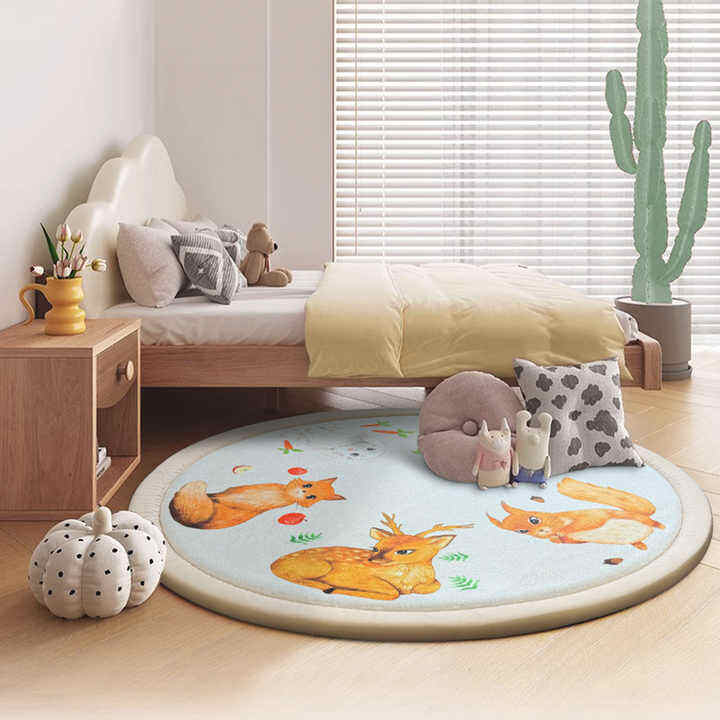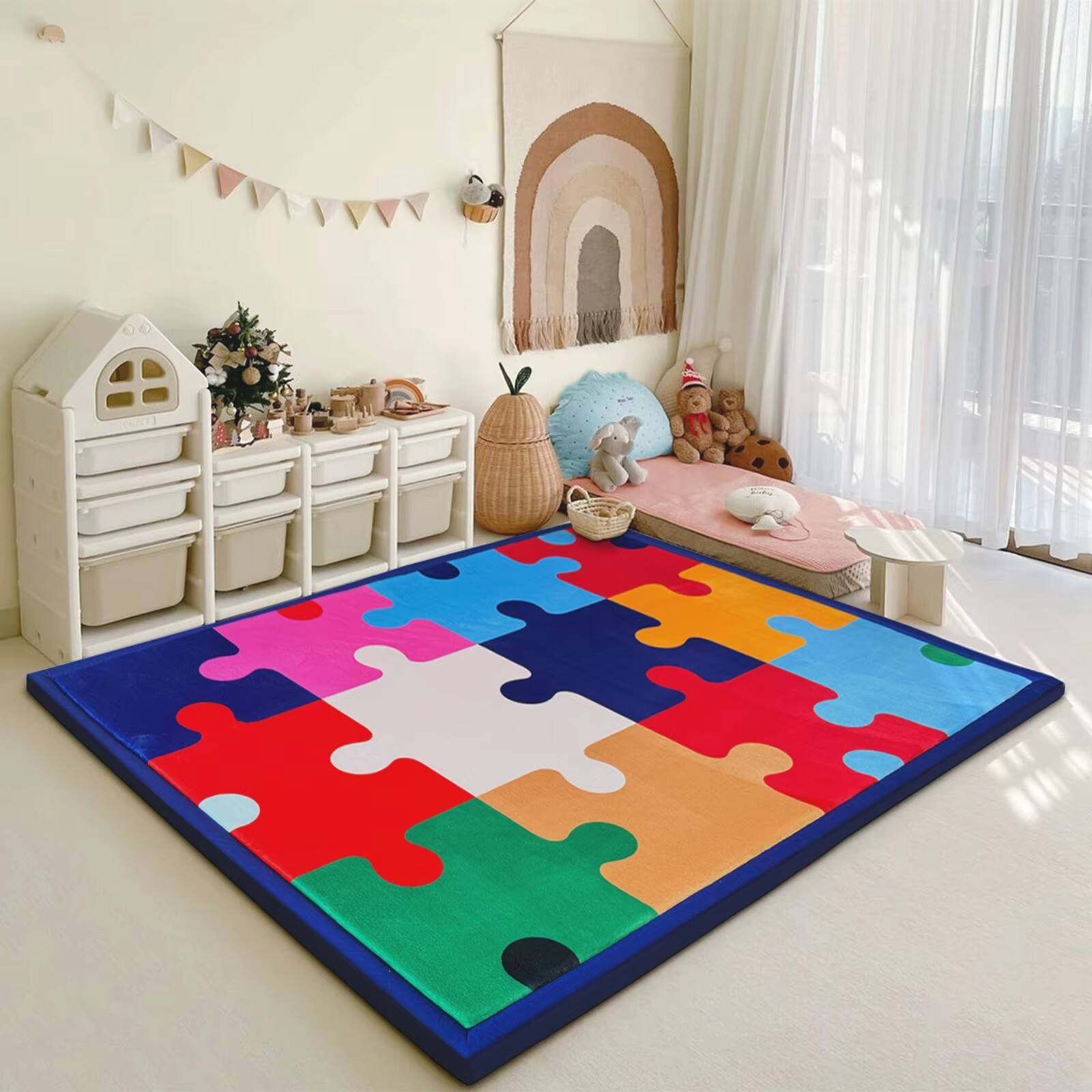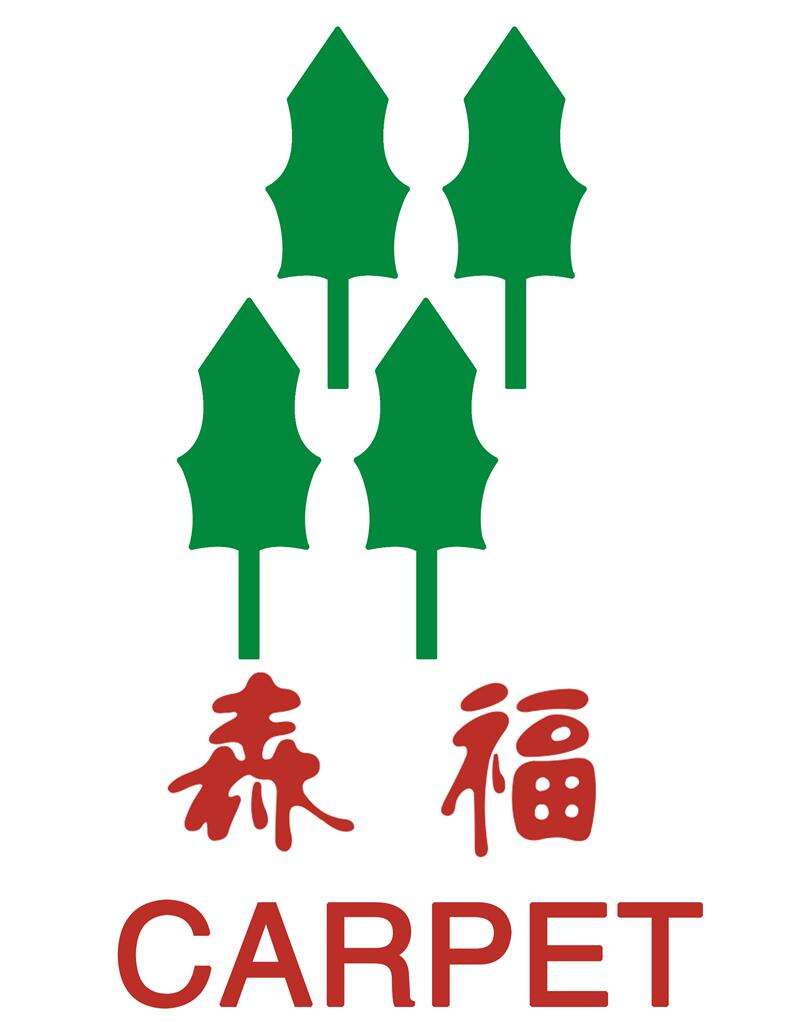3d printed carpet
3D printed carpets represent a groundbreaking innovation in floor covering technology, merging traditional textile craftsmanship with modern digital fabrication. This revolutionary product utilizes advanced additive manufacturing techniques to create intricate, customizable floor coverings with unprecedented precision and design flexibility. The manufacturing process involves specialized 3D printers that layer various polymer materials to construct carpets with specific patterns, textures, and functional properties. These carpets can be engineered to incorporate multiple materials, allowing for varying degrees of softness, durability, and aesthetic appeal within a single piece. The technology enables the creation of complex geometric patterns and textural variations that would be impossible to achieve through conventional carpet manufacturing methods. Each carpet can be precisely tailored to fit specific spaces, with the ability to integrate functional elements such as non-slip surfaces, moisture-wicking properties, and even smart technology components. The production process is highly efficient, generating minimal waste compared to traditional carpet manufacturing, and allows for rapid prototyping and design iterations. This innovative approach to carpet manufacturing opens up new possibilities for interior design, architectural applications, and customized flooring solutions.



